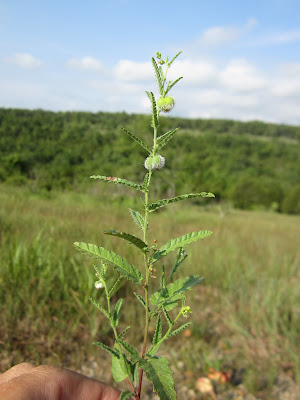Scirpus rubricosus

I have become increasingly aware and concerned about what appears to be a distinct species that is largely ignored/lumped in recent literature and completely unknown to most botanists. Several years ago when I first started working in wetland communities I was introduced to Scirpus cyperinus and its fitting misnomer “wool grass” (why not “wool sedge”?). Initially this was an easy species to recognize since it differed from other Midwestern Scirpus in having the following combination of morphological characters; average height of nearly two meters, folded (V-shaped) leaves (as opposed to the pleated M-shaped leaves of S. atrovirens ), large diffuse inflorescences and achenes subtended with very long flocculent bristles that give the mature inflorescence a woolly appearance. And life was good……until I started to notice that there was something wrong. There appeared to be two very different morphologies within what I was calling S. cyperinus . Here they are side by side: The photo o
